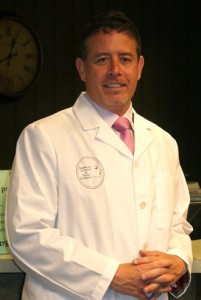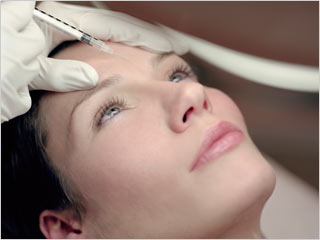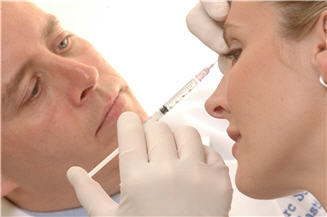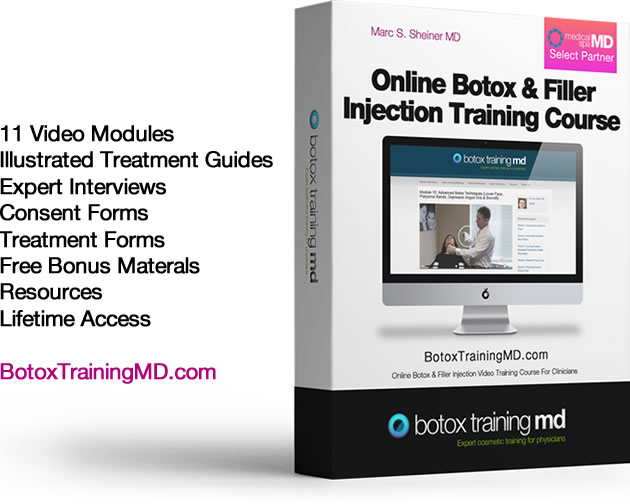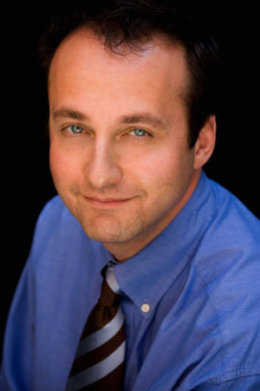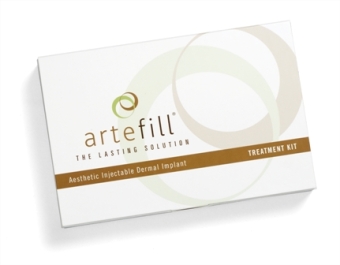 I've been using Artefill for volume with good results for the last 5 years.
I've been using Artefill for volume with good results for the last 5 years.
On a recent chart and procedure review, I looked critically at the use of fillers in my practice over the past 5 years. I use HA's (Hyaluronic Acids) mainly for lips; some Sculptra (activator) for volume in thicker facial tissues; lots of Radiesse-everywhere except the lips; some PRP and an increasing amount of Artefill (except for lips) to take care of patients suffering from both "filler injection fatigue" and significant volume loss.
As part of a regieme of (re)creating Beauty using the CT3+V=Beauty, Color Correction, Texture, Tightness, Tone + Volume, VOLUME is a key player for rejuvenating the facial shape and contours, putting the skin on stretch-which restores texture, tone and luster, and is often more economical (social down time and real money) for patients with less risk. When coupled with smaller lifts, blephs and various resurfacing, the overall result is synergystic, less traumatic, equally dramatic and probably more rejuvenating than any other single element taken to it's maximal benefit alone.
It is illegal to inject silicon for aesthetic use in Nevada, so Artefill is my only choice for "permanent" revolumization. Interestingly, when I discovered how well my early Artefill patients were doing, I started using even more of the product and pricing it aggressively so that patients could afford to get significant corrections with 6 to 12 syringes. Overall, it ends up being less expensive for the patient than what they spend on restoring volume with temporary gels.
We have patients out nearly 5 years, who have maintained good correction from their initial injections with this FDA approved version of poly-methyl methacrylate. While the FDA approval of this filler is for correction of nasolabial folds, I have used it off label all over the face, the dorsal hands, for horizontal necklace lines and depressed scars. I have learned from other talented physicians, the techniques of deeper, comfortable injections that lead to significant permanent correction of temple, peri-orbital, glabellar, zygomatic, malar and "tear trough" volume. More deflated patients have avoided rhytidectomy by using up to 20 syringes. My own 56 year old, jolly cheeks enjoy 6 syringes of this material done over a year ago. My wife, though a Grandma, appears more than a decade younger than her stated age. She is a walking example of combining modalities without major surgery and a great educator for my patients.
Perhaps physicians are rightfully afraid of long lasting/permanent fillers considering the horror stories of previous products. However, any laser or scalpel carries the risk of permanent poor aesthetic outcome. And this ain't your traditional, poorly tested filler. It's got data approaching 10 years outside the US which is devoid of serious complication. The risks that do show up with this filler are generally avoided with good technique. Last year, I shot nearly 600 syringes of Artefill without any unexpected issues-just some bruising and discomfort. No granulomas, lasting nodules, sloughs, Tyndell Effect or infections... ever, so far.
So maybe the well trained hand, wielded by an artful and educated physician in the service of the well educated patient is a mitzvah (a good and honorable deed). After all, what patient enjoys quarterly mammograms or DRE's, anymore than the patient who comes to the office every 3 to 6 months to maintain their lip and tear trough filler?
Lasting corrections, done conservatively, with safe, evidence based products, should be more widely offered and utilized. They benefit select patients by allowing them the chance to (re)build their volume once and maintain it, rather than recreate it over and over. They still top off the small volume we all continue to lose, but they now find other services in the practice to utilize because they are so happy with their Artefill results.
I know I am.



